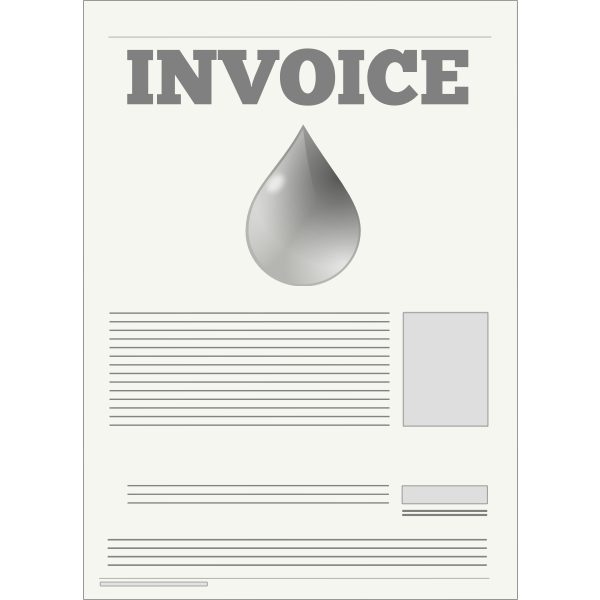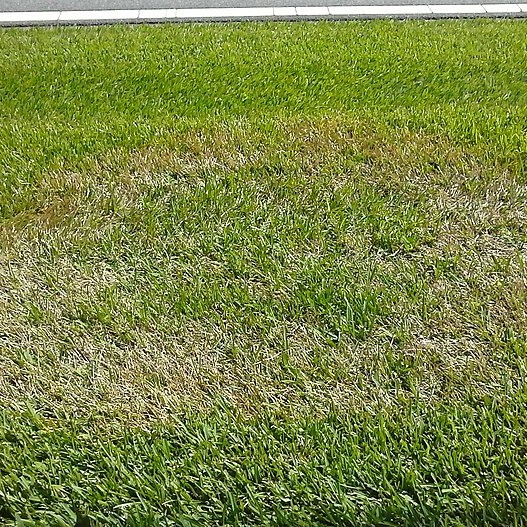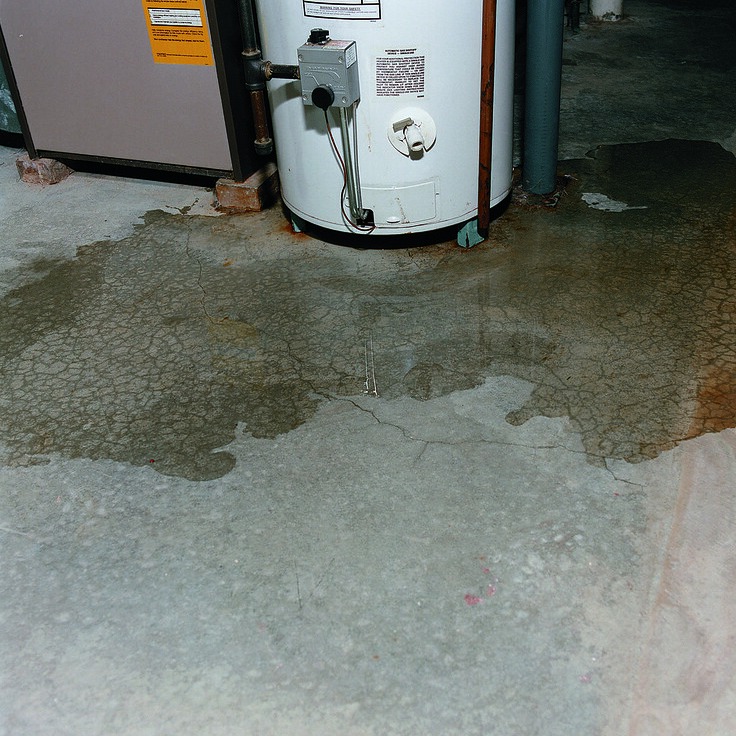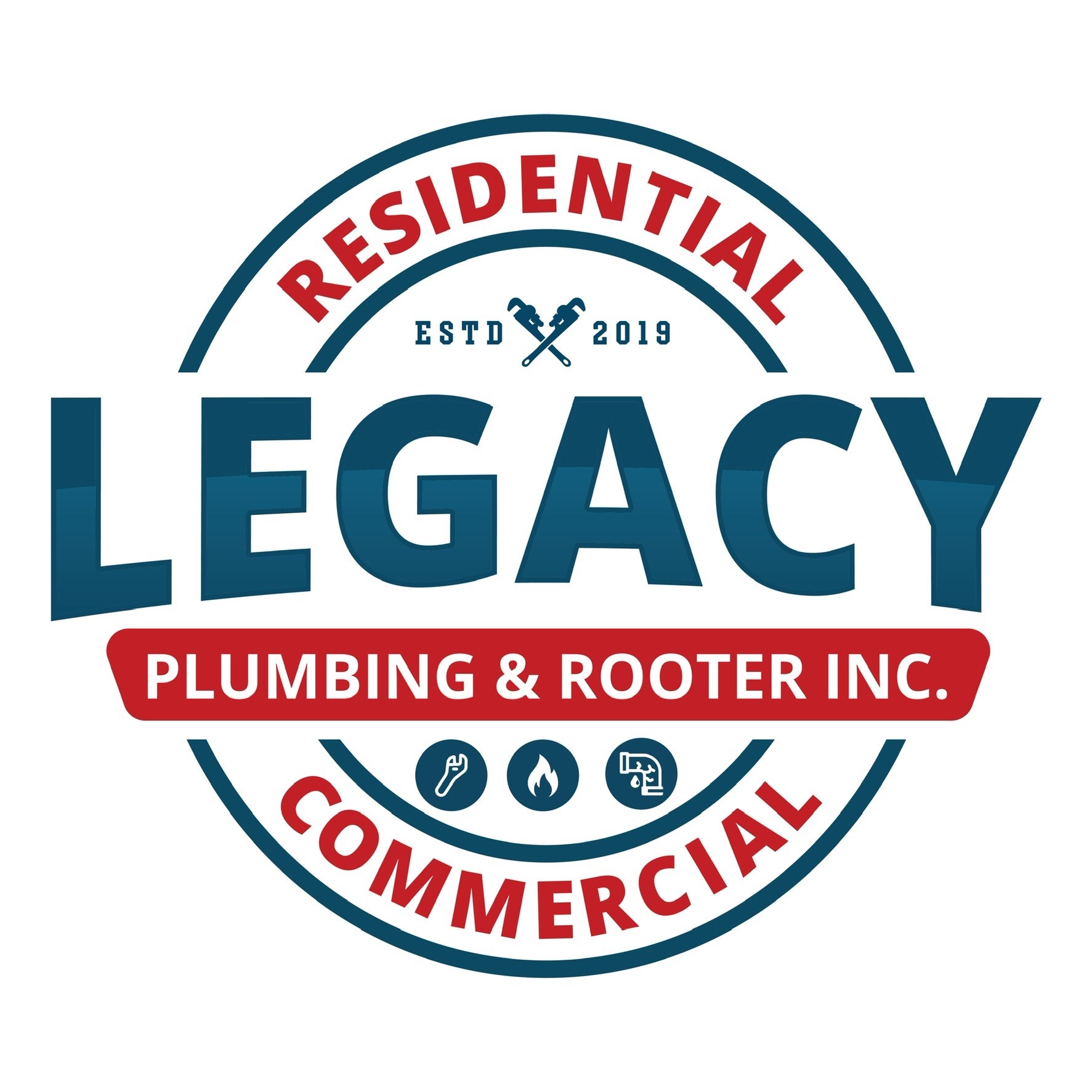Sometimes leaks in your plumbing are not obvious, and there are a few things that you can look out for that will help detect if you have a leak. Our homes are highly dependent on water, but only when it is safely contained within pipes, sinks, tubs, and appropriate appliances such as dishwashers. Unfortunately, water can quickly become a homeowner's worst enemy if it ends up where it shouldn't, potentially causing damage to the structure and furnishings of a house. Plumbing leaks are a common issue, even in newer homes, and it is likely that every house will experience at least one leak in its lifetime. What makes matters worse is that not all leaks are easily noticeable; some can be hidden and insidious, stressing the importance of promptly detecting and repairing leaks. Every homeowner should possess the knowledge of how to locate a water leak. In this article, we will provide helpful advice on determining whether you have a leak and how to identify its source, enabling you to tackle the plumbing problem head-on. If you see any of these signs, you can call Legacy Plumbing & Rooter at (408) 649-3149 for a more thorough inspection. Here are some of the top things to look out for:
1. Monitoring the water bill on a monthly basis is a great way to see if you have a potential leak.
Generally, water bills are quite predictable, so if you notice an unusually high bill and you haven't been using excess water, it could indicate a potential leak. According to the Environmental Protection Agency, a family of four typically consumes no more than 12,000 gallons of water per month, except during summer when additional water may be used for gardening or lawn care. Surprisingly, even minor leaks like a dripping faucet can lead to a wastage of up to 10,000 gallons of water annually. Therefore, keeping a close eye on your water bill is a proactive approach to conserving water and preventing unnecessary expenses.

2. Leak detectors provide immediate notification by detecting leaks in fixtures and pipes.
Certain areas, such as older water heaters and the piping leading to exterior faucets, are more susceptible to leaks. For instance, corrosion inside the tank of an aging water heater can cause pinholes to form along its bottom, while freezing temperatures during winter can cause water pipes to burst. To address these potential hazards, you can opt to install leak detectors like Zircon's Electronic Leak Detectors, which are easily accessible on platforms like Amazon. These battery-operated detectors emit a loud alarm at the slightest detection of water, enabling you to promptly shut off the water supply and arrange for necessary repairs before any significant water damage occurs in your home. .
3. Spotting Lush Grass as Hidden Water Leak Indicators
A beautifully green and well-maintained lawn is the envy of many homeowners. However, if you notice a specific area in your yard that stands out with exceptionally vibrant and rapidly growing grass, it could be a sign of an underground water line leak. This occurrence is often accompanied by the presence of puddles on the ground's surface, especially in the case of substantial leaks.

4. Wall Discoloration: Indications of Water Damage
If you notice discoloration on your walls, it could be a sign of water leaking from behind the drywall and saturating the front side. Typically, water stains appear yellowish or brownish in color and can be found on ceilings and walls. It's crucial to address these issues promptly to prevent further damage. Here are some additional signs to look out for:
5. Musty Smell.
A persistent leak creates a humid environment that promotes the growth of mold over time. Although you may not always see visible mold on the outside of the wall, a musty smell can be an indicator of mold growth inside the wall, where it is not immediately visible.
6. Dripping Sound.
While some leaks remain silent if water is traveling along a wall stud, other leaks may produce audible dripping sounds. Listening for these sounds can help you determine the location of the leak.

7. Bubbling Paint or Bulging Wallpaper.
When the wallboard becomes wet, the paint or wallpaper may start to bubble or bulge as it loses its tight adhesion. This suggests that the water damage has affected the structural integrity of the wallboard.
It's essential to address these signs promptly to prevent further damage, such as mold growth or structural issues. Consulting a professional to assess the extent of the damage and conduct necessary repairs is highly recommended.
If you live in the San Francisco Bay Area and the surrounding cities like San Mateo, San Carlos, Mountain View, Campbell, San Jose, Milpitas, Fremont, Hayward, San Leandro, Burlingame, Daly City and South San Francisco and have any questions or concerns, I suggest calling Legacy Plumbing & Rooter Inc. at (408) 649-3149. We are here to answer your questions and provide free estimates.

 Add Row
Add Row  Add
Add 






Write A Comment